Efficient pallet labeling is crucial for accurate inventory tracking and tracing across various systems. Errors in labeling can lead to skewed counts, unreliable financial statements, and disrupted downstream operations. Non-compliance with mandates results in fines, returns, and damaged reputations. Manual processes and unreliable solutions exacerbate the problem.
Unfortunately, many companies struggle with pallet labeling for two main reasons.
- Data input, label application, and record correction is still performed manually, making it susceptible to human error and inconsistencies.
- The basic labeling solutions often adopted by companies are unreliable and disconnected from their core systems, further impairing the challenges.
Fortunately, there is a silver lining. Engineered solutions are now entering the marketplace, providing organizations with the opportunity to automate their increasingly digitized supply chains.
The Pallet Labeling Market
The pallet labeling market is a rapidly growing market, with a global market size of $2.6 billion in 2022 and is expected to reach $4.2 billion by 2030.
By application, the market is segmented into food and beverage, pharmaceutical, personal care and cosmetics, and others. The food and beverage industries are the largest application segment for pallet labeling. The growth of the supply chain and traceability demands in the food and beverage industry is driving the growth of the pallet labeling market in this segment.
The pallet labeling market is segmented by type, application, and region. By type, the market is segmented into manual pallet labeling and automated pallet labeling. Manual pallet labeling is the most common and it’s often used in small and medium-sized businesses. Automated pallet labeling is more efficient and can be used in a wide variety of industries.
Pallet Labeling Intelligence
The Apis Wise Pallet Labeling Intelligence Solution has transformed traditional processes. Unlike in-house solutions, Pallet Labeling Intelligence offers an off the shelf, comprehensive system with configurable tools that seamlessly integrate with various business systems, both cloud-based and legacy. This plug-and-play white-labeling system drastically reduces installation time to under three months without custom software.
A standout feature of Pallet Labeling Intelligence is its onboard intelligence, empowering it with error checking, reporting, and troubleshooting capabilities. The system proactively monitors for exceptions, requiring minimal operator intervention. In highly automated processes like ASRS warehouse systems, the solution enhances throughput by buffering data, allowing labeling to continue even when back-end systems face disruptions.
Critical to its accuracy, Pallet Labeling Intelligence utilizes local data storage. This ensures that the correct labels are applied to the right pallets at the appropriate time. The solution enables downstream companies, such as freight carriers and manufacturers, to leverage the information for their own labeling requirements, simplifying tracking, segregation, and identification without relying on laborious manual searches. Read More Pallet Labeling Intelligence
Customer RFID Initiatives
Major retailers are once again pushing their suppliers to add RFID tags and labels to the goods they supply to them. Non-compliance results in substantial fines and it can be easy to find this technology intimidating.
RFID (Radio Frequency Identification) technology is a wireless communication technology that uses radio waves to transmit data between a tag or label attached to an object and a reader. It enables automatic identification and tracking without direct contact or manual scanning. RFID systems consist of tags, readers, and backend software.
Tags
- RFID tags are small electronic devices with a microchip and antenna.
- They store information about the tagged object, such as unique identification numbers or other relevant data.
Readers
RFID readers send and receive radio frequency signals to communicate with the tags.
- They can be fixed or handheld devices with antennas to detect tags within their range.
- Readers decode the data transmitted by the tags and send it to the backend software for processing.
Backend Software
- The backend software manages the data collected by the RFID readers.
- It processes and interprets the information, performs operations such as filtering and data analysis, and integrates the RFID data with other systems or databases.
Inventory Management
- Provides real-time visibility and accurate tracking to improve inventory management.
- Asset Tracking- RFID helps track and manage assets, reducing losses and improving utilization.
- Authentication and Security: RFID tags can be used for access control and authentication purposes.
Applications
- Retail: RFID improves inventory accuracy, reduces stock-outs, and enhances the shopping experience.
- Logistics: Real-time tracking enhances shipment visibility and improves logistics operations.
- Manufacturing: RFID streamlines production processes, improves inventory management, and enhances quality control.
Conclusion
Efficient pallet labeling is essential for maintaining accurate inventory tracking and ensuring smooth operations across various systems. The current market faces challenges due to unreliable solutions, manual processes, and limited resources. These factors lead to errors, financial discrepancies, and compliance issues. However, there is hope with the emergence of engineered solutions that offer automation and integration with digitized supply chains.
The pallet labeling market is experiencing rapid growth, with a projected value of $4.2 billion by 2030. By leveraging technologies like Pallet Labeling Intelligence and RFID, organizations can achieve real-time visibility, improved inventory management, asset tracking, and enhanced security across industries such as retail, logistics, and manufacturing. With these advancements, companies can streamline operations, reduce errors, and unlock the full potential of their supply chains.


